“Shall I let all this die without a word?” Sitting on the piazza of her house sometime around the year 1919, Elizabeth Allston Pringle decided that the answer would be no. The resulting work was a book entitled “Chronicles of Chicora Wood”.
Her portion of that story dated back to the year 1845. She was born in the South Carolina Low Country and lived there until her death in 1922. Those years took in the Civil War and the resulting devastation that marked the beginning of the end of the Carolina rice planters.
Mrs. Pringle’s family, the Allstons, had held land in the area since the mid-1700’s. Chicora Wood was built sometime around 1810 and was purchased by her father, rice planter Robert Allston, in the year 1827 as part of a network of seven plantations that he owned and operated. By the time Elizabeth was born, the house had been enlarged into what you see today and had become the family’s primary residence.
Overlooking the great Pee Dee River, the rice mill with its imposing chimney, and the rice shipping barn on the riverbank, are two of nine remaining outbuildings that still live today on the property.
Following the devastating loss of both her young husband and their only child in the year 1876, coupled with the financial ruin that marked the end of the war, Mrs. Pringle would have been forgiven had she simply taken to her bed and finished her years mourning the loss of everything dear to her heart.
What she did, instead, was the exact opposite. She rolled up her sleeves and went to work learning how to grow rice and other crops, literally working in the fields alongside the former slaves who were now sharecroppers helping her to keep the (greatly diminished) family holdings afloat. And float they did. Elizabeth Allston Pringle turned a profit at Chicora Wood until the year 1900. What the war had not destroyed, however, the age of mechanization finished off at the turn of the 20th century. By the year 1906, she was financially ruined.
That did not stop her, however. At the age of 60, Mrs. Pringle began to write. Her first book, published in 1913 via sheer determination after many rejections, was entitled “A Woman Rice Planter”. By the time she sat here enjoying this view and contemplating the question that opened this post, “Chronicles of Chicora Wood” was not far behind. True to the cry of her heart on that long ago afternoon, “all this” did not die without a word, though as it turns out, those words would be her last. Mrs. Pringle died at Chicora Wood in 1921. Her book was published the following year. The
property finally left the Allston family in 1926 when the estate was sold. For the next four or five decades, it fell into disrepair, only seeing occasional use by the new owners for the purposes of weekend hunting excursions.
Miraculously, however, the buildings were still standing by the time Jamie and Marcia Constance came along in 1984 and purchased everything. Since that time, they have added adjacent land, turned the property into a working sod farm, and thoughtfully restored the house and outbuildings. The present boundaries of Chicora Wood take in more than 1000 acres, including a mile on both shorelines of the Pee Dee River, which, by the way, was a serene sheet of glass on the morning of my recent visit.
While one of many hundreds of people strolling the grounds that day during an annual tour of homes, I happened upon Jamie Constance, out with a beloved family pet for a stroll. After exchanging introductions and discovering that he and I both knew a great deal about the history of my own hometown of Lincolnton, North Carolina and my Revolutionary War ancestors, the conversation turned to Chicora Wood. As I thanked him for the decades of hard work that had gone into the ressurection of the place, he very humbly replied, “It’s a labor of love.”
If I had to guess, I would say that from somewhere on a breeze, Elizabeth Allston Pringle is whispering a soft amen.
Photos by Beth Yarbrough.
Update: Since this posting, Chicora Wood has been sold to new owners who mercifully have not changed a thing, at least from what I could tell on a visit last spring.




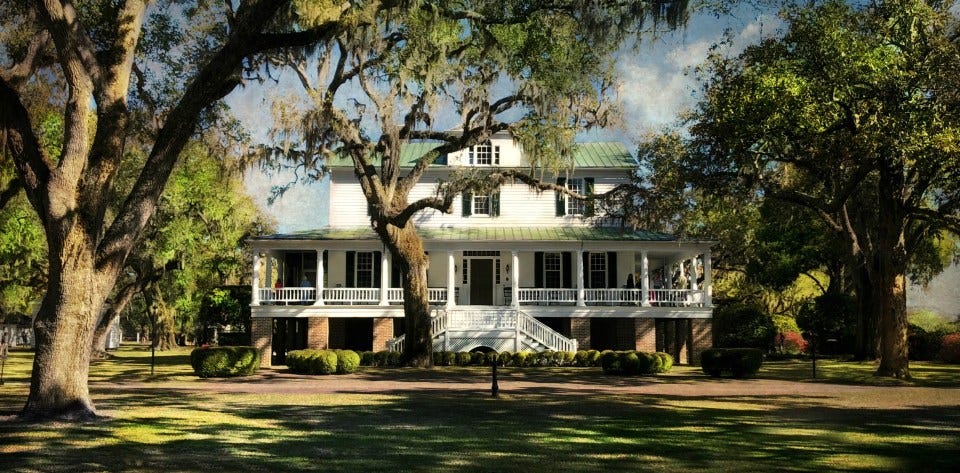
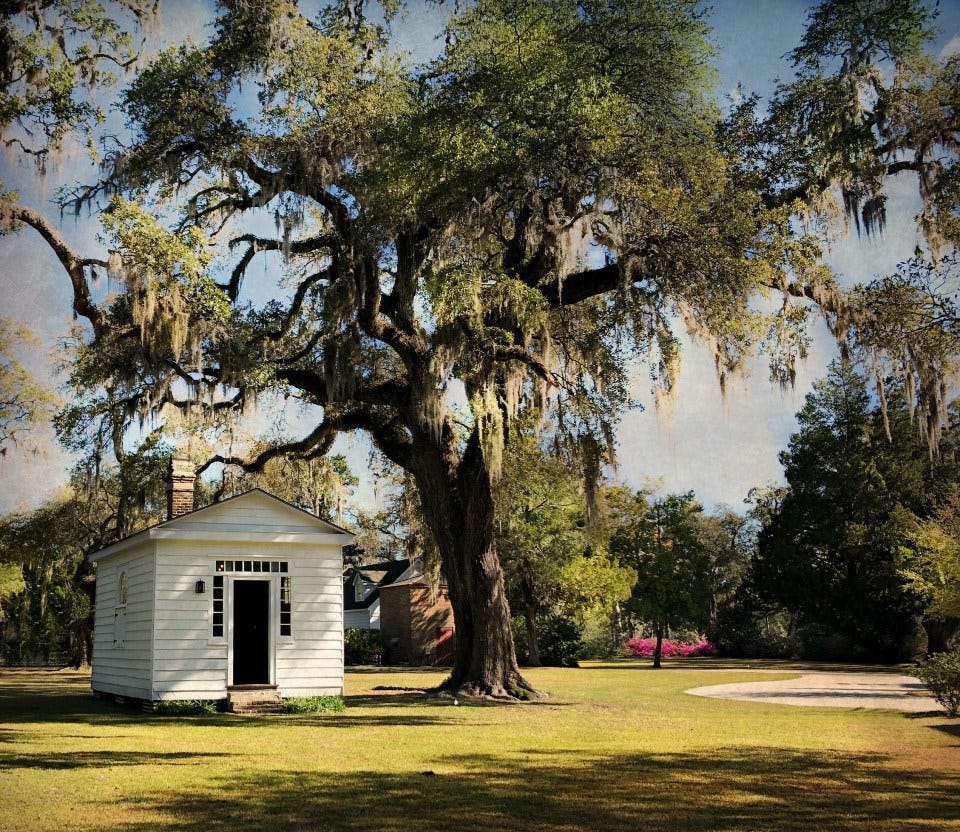
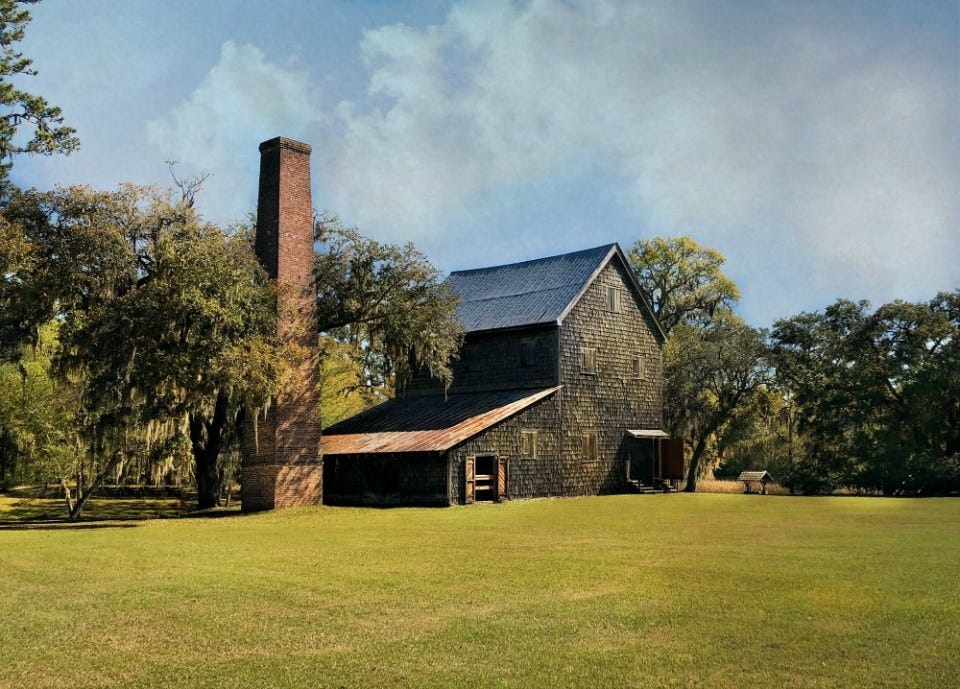

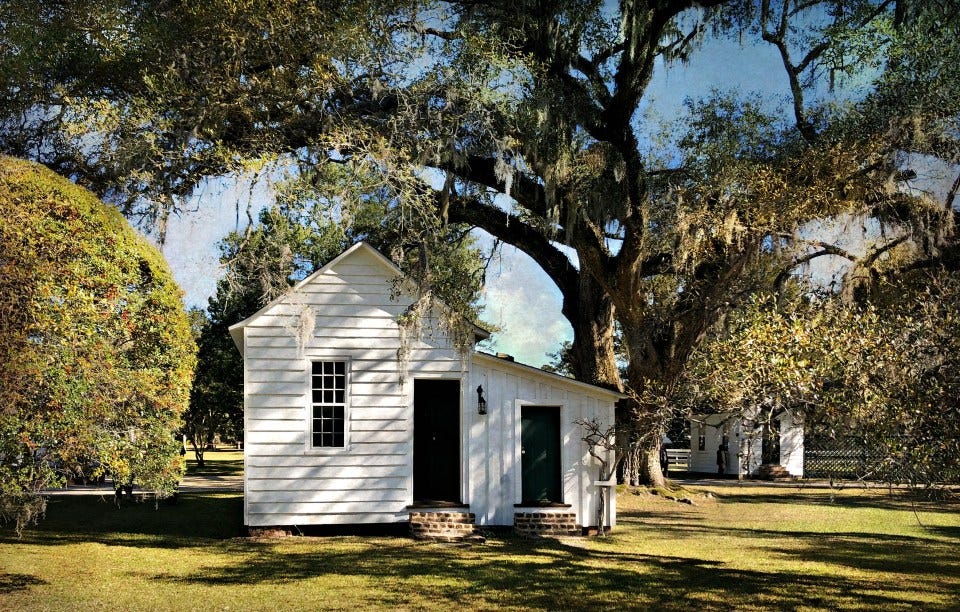
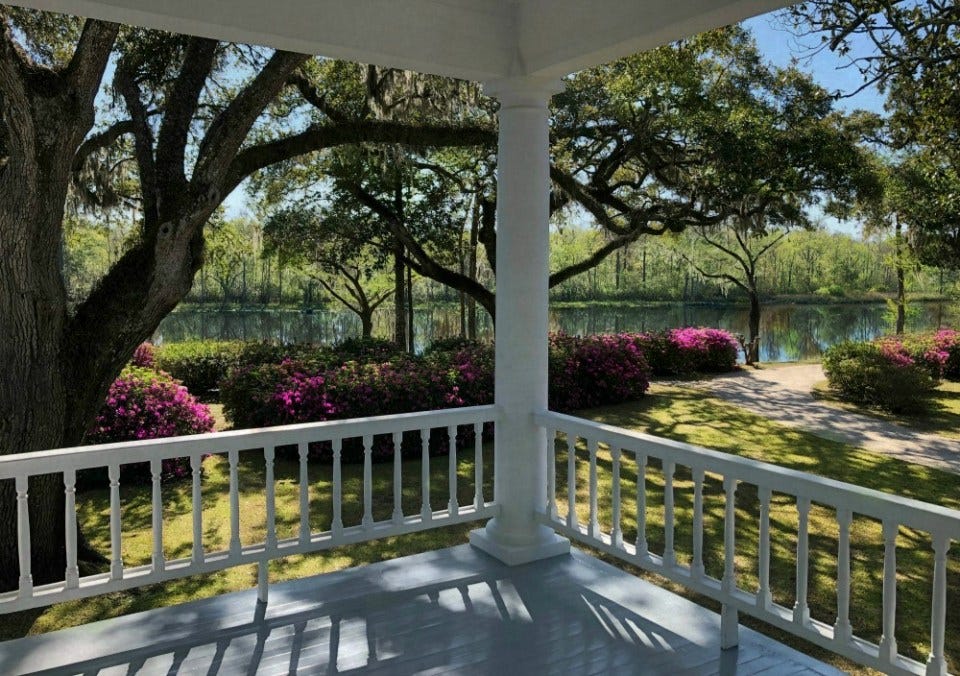

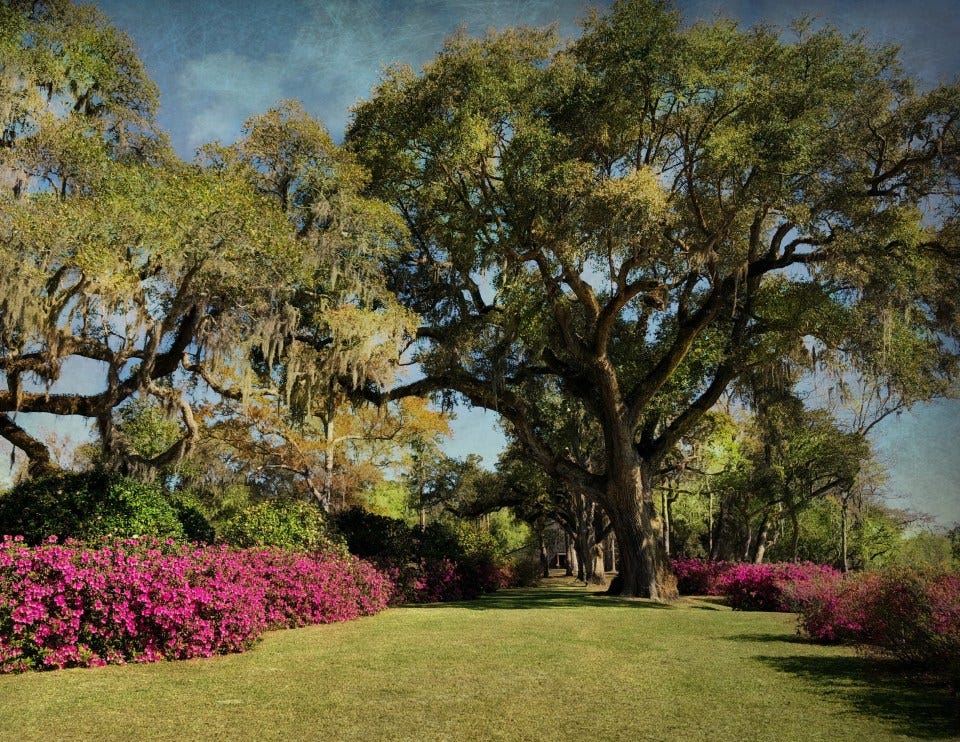

How I LOVE this story! I don't think there is much more one can do that is more noble than to restore a historic home. I did. My house in Virginia. Even contractors were afraid of it. Not me. She called out to me, "Make me pretty again." and I did. Yes, it was a labor of love. How I miss her!
I see pictures everyday of abandoned old houses, makes me sad. It appears to me that the majority doesn't care but there is a small minority that puts up their money and muscle to leave behind something of beauty for everyone.